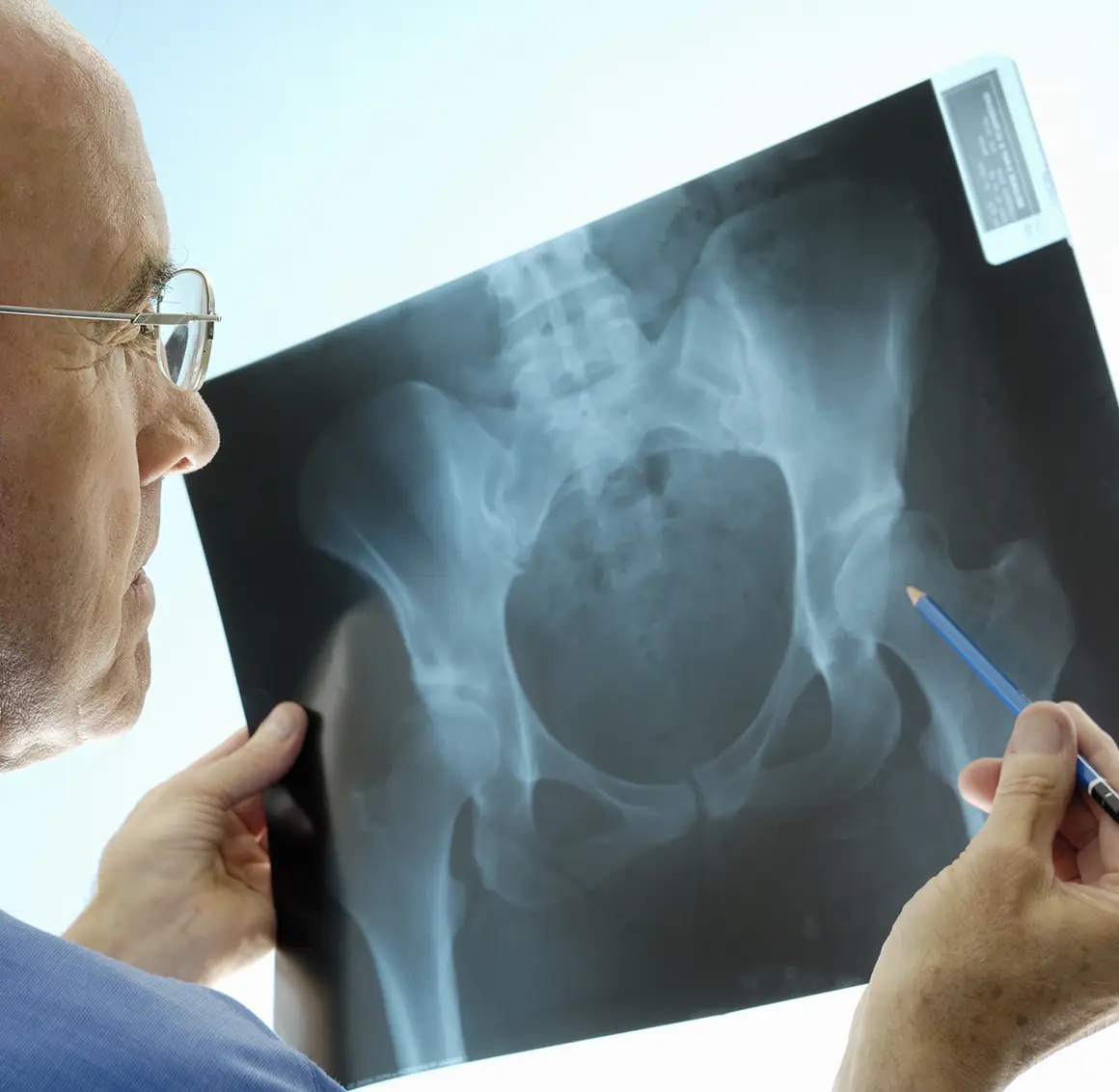Overview
Osteopenia is a condition characterized by a decrease in bone density, meaning your bones have less mineral content than normal. This reduction can weaken your bones and raise the likelihood of fractures. If you have osteopenia, your bone density is below average, and without intervention, it may develop into osteoporosis. After turning 50 or entering postmenopause, most people should have their bone density checked every few years. However, you may need more frequent monitoring. Regular checkups with a healthcare provider will help determine how often you should have your bone density tested. Osteopenia doesn’t usually cause any symptoms you can feel or notice. That’s why healthcare providers sometimes call osteopenia and osteoporosis silent diseases. Healthcare experts estimate that over 40 million Americans have osteopenia. They think around one-third of adults older than 50 have some degree of bone density loss.
Osteopenia vs Osteoporosis
Osteopenia is an early indicator of osteoporosis, and their similar names reflect their close relationship. Osteopenia refers to reduced bone density and serves as a warning sign that you are at increased risk for osteoporosis and fractures. If left untreated, osteopenia can progress to osteoporosis, a condition that gradually weakens bones. People with osteoporosis are at a much higher risk of fractures, even from minor falls or accidents that might not typically cause injury.
Diagnosis
A healthcare provider diagnoses osteopenia through a bone density test, an imaging procedure that assesses bone strength by measuring the amount of calcium and other minerals in your bones using X-rays.
Regular bone density tests are the most effective way to detect osteopenia early and prevent its progression to osteoporosis. If you have a family history of osteoporosis, your provider may recommend more frequent screenings. Typically, people assigned female at birth (AFAB) should start regular screenings after age 50, while those assigned male at birth (AMAB) usually begin after age 70.
If you have osteopenia, you’ll likely need a bone density test every few years to monitor changes in your bone health.
Management and Treatment
Treatment for osteopenia is aimed at slowing bone loss and strengthening existing bone tissue. The primary goal is to prevent bone fractures and the progression to osteoporosis.
Common treatments for osteopenia include:
- Physical Activity and Exercise: Staying active helps strengthen bones as well as the muscles, tendons, and ligaments connected to them. Your provider might suggest weight-bearing exercises to enhance muscle strength and improve balance. Activities such as walking, yoga, Pilates, and tai chi can boost strength and balance with minimal impact on your bones. You may benefit from working with a physical therapist to find exercises suited to your needs.
- Vitamin and Mineral Supplements: You might need calcium or vitamin D supplements, either over-the-counter or by prescription. Your provider will guide you on the type, frequency, and dosage of supplements. Most people don’t require prescription medication for osteopenia, but if you develop osteoporosis, your provider may recommend specific medications.
- Healthy Eating Plan: Consuming a balanced diet rich in essential vitamins and minerals can strengthen your bones and support overall health. Your provider or a registered dietitian can assist in developing a dietary plan tailored to your individual needs.

